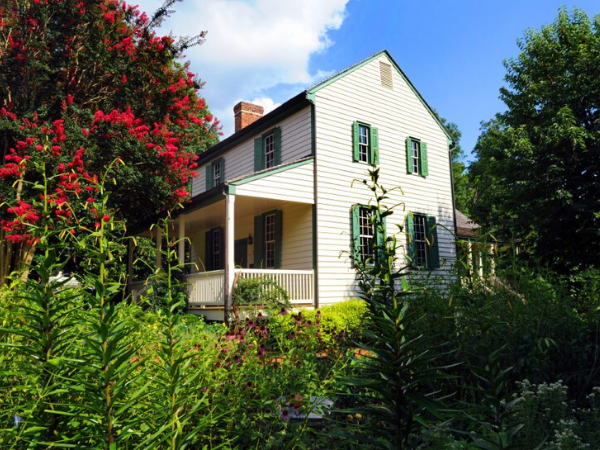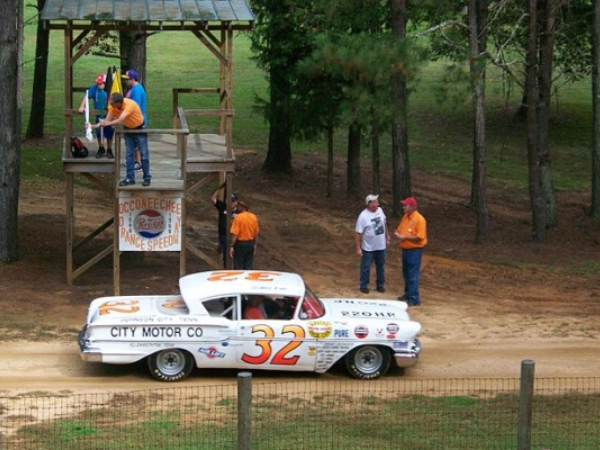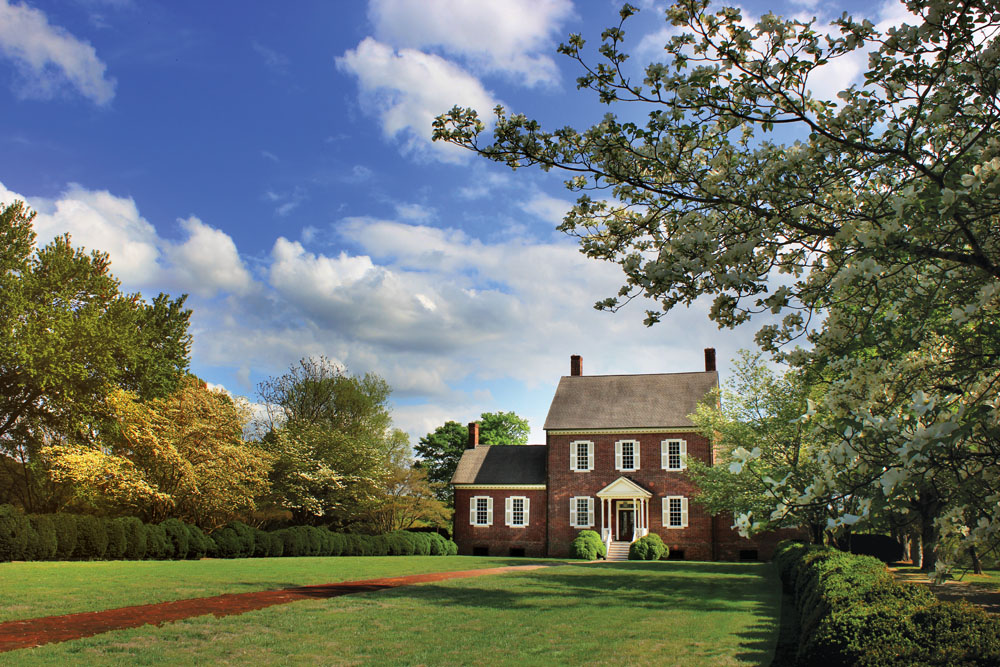Take a Walk Through History

It’s no secret that our community is going through a challenging time right now. Many of us feel stuck inside our houses, events and activities are being cancelled, and you may just be plain bored.
If that sounds like you, there is good news! Our town has an abundance of beautiful places to explore and activities to do which still allow you to keep a safe social distance. And luckily, Spring has finally arrived. The weather is wonderful, the plants are in bloom and there’s never been a better time to plan a local adventure to brighten up your week.
Going outdoors and getting a little exercise can do wonders, and thankfully we have many wonderful options for walking, hiking and biking (which you can find here). The only thing better than that? Getting some fresh air while exercising your mind as well. Our walking tours of Hillsborough’s various historic sites are the perfect way to get outside and expand your horizons.
From Native settlement, to the Civil War, to NASCAR, Hillsborough is a small town with a BIG history. Here are four self-guided walking tours of Hillsborough historic sites that are perfect for a fun, educational day out. You can go here for more information on all of our self-guided walking tours.

The Dickson House was built around 1790 a few miles south of town near the intersection of I-85 and Hwy 86. Alexander Dickson, a farmer and businessman, occupied the house beginning in 1845.
At the end of the Civil War, Confederate General Wade Hampton camped at the house with his troops. General Hampton met here with General Joseph Johnston to negotiate the surrender to General Sherman at Bennett Place in Durham on April 17, 1865.
While the soldiers would have camped on the grounds, the generals stayed in the farm office (the small building next to the gardens). Johnston’s surrender to Sherman was the largest surrender of the war, accounting for close to 80,000 troops from North Carolina through Georgia.
Helen’s Garden, located on the western side of the house, provides a perfect place to enjoy a spring afternoon.

Reconstructed 17th century Occaneechi Village located on the banks of the Eno River, close to where the Occaneechi had their village more than 300 years ago.
This area was originally home to the Occaneechi, Eno and Haw tribes and are estimated to have lived in Orange County between 1680 and 1710. The Occaneechi, Eno and Haw traded with other regional tribes as far as Virginia, South Carolina and Georgia along the Great Indian Trading Path (which can be seen on the Ayr Mount grounds).
Archeologists have declared the land on which they lived, “some of the best preserved and scientifically most significant archeological sites in southeastern North America.”

The Occoneechee Speedway was one of the first NASCAR tracks in the country. Originally a horse racing track owned by Julian Carr, NASCAR founder Bill France purchased the land and built the dirt track in 1947.
NASCAR’s first female racer, Louise Smith, raced here in 1949. The Occoneechee Speedway became an important track in its own right, hosting famous racing names like Richard Petty, Ned Jarrett, Fireball Roberts, Cotton Owens and Junior Johnson. In 1957, the speedway was renamed the Orange County Speedway.
Bill France wanted to expand the track, but local church leaders complained about the races being held on Sundays, so France opened the Talladega Superspeedway in Alabama instead. Richard Petty won the last race held at the Occoneechee Speedway, which officially closed in 1968. The track is still open for visitors to explore and is maintained by the Historic Speedway Group.

Built in 1815, Ayr Mount is a federal style plantation home that was owned by William Kirkland. Ayr Mount is named in honor of Kirkland’s homeplace in Scotland. Ayr Mount is considered one of the finest residential homes in the Piedmont area, and one of the first homes to be built of brick.
While the home is closed, the grounds are open to visitors. Ayr Mount has 287 acres of trails, one of which is the Poet’s Walk. The Poet’s Walk is a one-mile loop around the historic house, as well as along the banks of the Eno River.